Circular Economy Initiatives
The Recycled Textile Market is being propelled by the rise of circular economy initiatives, which aim to minimize waste and maximize resource efficiency. These initiatives encourage the design of products that can be reused, repaired, or recycled, thereby extending their lifecycle. In the textile sector, this translates to a greater emphasis on recycling and the use of recycled materials in new products. Various organizations and brands are collaborating to create closed-loop systems, where textiles are continuously recycled into new garments. This approach not only reduces the environmental impact of textile production but also fosters a more sustainable business model. As circular economy practices gain traction, the demand for recycled textiles is expected to increase, further solidifying their role in the industry.
Sustainable Fashion Movement
The Recycled Textile Market is experiencing a notable shift towards sustainable fashion, driven by increasing consumer awareness regarding environmental issues. As consumers become more conscious of their purchasing decisions, brands are compelled to adopt sustainable practices. This trend is reflected in the rise of eco-friendly brands and the integration of recycled materials into mainstream fashion. According to recent data, the demand for sustainable textiles is projected to grow at a compound annual growth rate of over 9% in the coming years. This movement not only encourages the use of recycled textiles but also fosters innovation in design and production processes, ultimately reshaping the fashion landscape.
Government Regulations and Incentives
The Recycled Textile Market is significantly influenced by government regulations aimed at promoting sustainability and reducing waste. Many countries are implementing stricter regulations on textile waste management, which encourages manufacturers to adopt recycling practices. For instance, initiatives that mandate the use of recycled materials in production processes are becoming more common. Additionally, financial incentives for companies that invest in recycling technologies are being introduced, further stimulating market growth. As these regulations evolve, they are expected to create a more favorable environment for the adoption of recycled textiles, potentially increasing the market share of recycled products in the overall textile industry.
Technological Innovations in Recycling
Technological advancements play a pivotal role in the Recycled Textile Market, enhancing the efficiency and effectiveness of recycling processes. Innovations such as advanced sorting technologies and chemical recycling methods are emerging, allowing for higher quality recycled fibers. These technologies can potentially increase the recycling rate of textiles, which currently stands at approximately 15% globally. As these technologies become more accessible, they may lead to a significant increase in the volume of recycled textiles available in the market. Furthermore, the integration of digital platforms for tracking and managing textile waste is likely to streamline operations, making recycling more attractive to manufacturers and consumers alike.
Consumer Demand for Eco-Friendly Products
The Recycled Textile Market is witnessing a surge in consumer demand for eco-friendly products, as individuals increasingly prioritize sustainability in their purchasing decisions. This shift is evident in the growing popularity of brands that emphasize the use of recycled materials in their offerings. Market Research Future indicates that approximately 70% of consumers are willing to pay a premium for sustainable products, which bodes well for the recycled textiles sector. This heightened demand not only drives sales but also encourages brands to innovate and expand their sustainable product lines. As consumer preferences continue to evolve, the market for recycled textiles is likely to expand, presenting new opportunities for manufacturers.



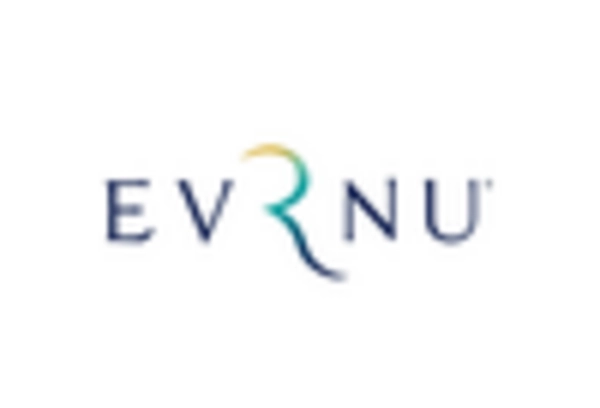
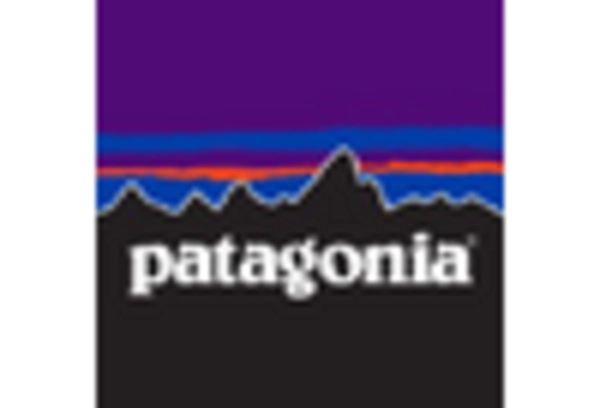
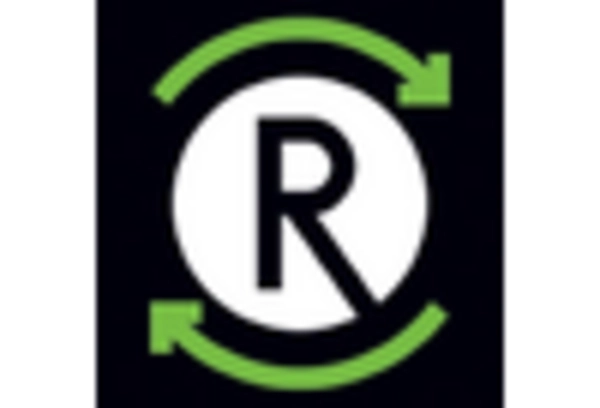

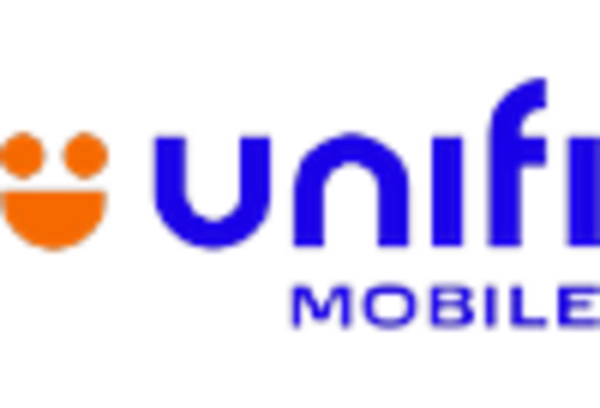
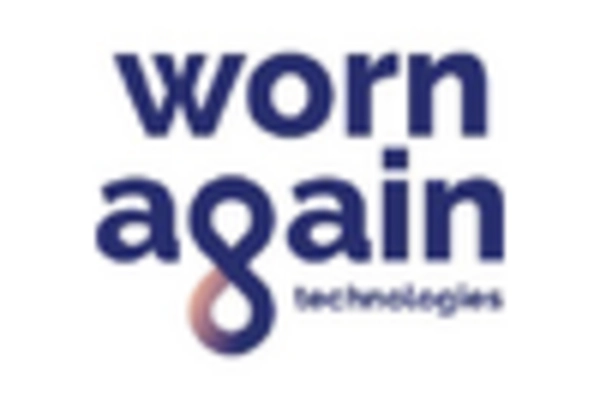








Leave a Comment